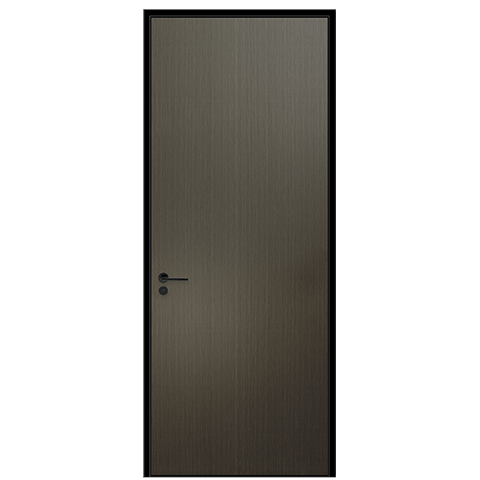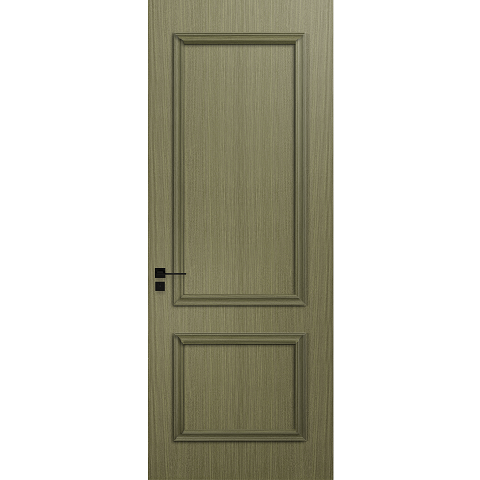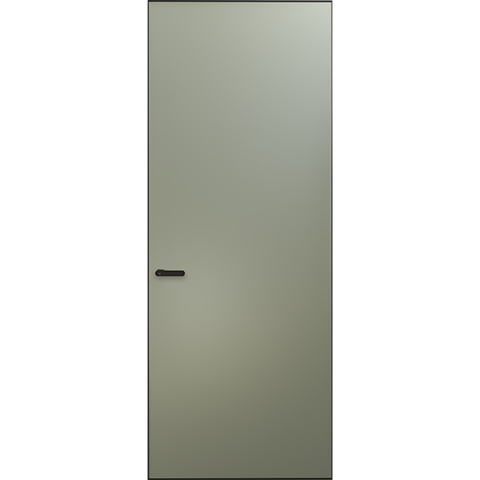5 kinds of home improvement doors and windows sound insulation glass effect revealed
Many people say that the industry of aluminum alloy doors and windows is too deep, and newly renovated owners will have 99 out of 100 being cheated when choosing aluminum alloy doors and windows. Today, Baydee will teach you to choose the correct soundproof glass for home improvement doors and windows, so that you can avoid the "century problem" of road noise to the greatest extent!
01 Sound insulation and truth of insulating glass
The room at home is close to the road, and there is a lot of noise from the traffic. Many home improvement owners hope to install a door and window that can isolate the noise. This is certainly true, a good window and door can reduce the 70 decibels of noise off the road to less than 40 decibels.
However, you must not be fooled by the merchant's "good sound insulation effect of insulating glass"! Baydee tells you that the biggest function of insulating glass is energy-saving heat insulation and anti-frost dew, and its actual sound insulation function is not even as good as single-layer glass of the same thickness.
It's shocking, it's hard to believe! Then Baydee will use what he has learned all his life to tell you how to compare the sound insulation capabilities of 5 kinds of soundproof glass commonly used in home decoration doors and windows (hollow, laminated, single-layer hollow laminated, double-layer hollow laminated, vacuum glass), and tell you who It is the real king of sound insulation.
02Comparing sound insulation effects, 4 must-learn knowledge points
Before comparing the sound insulation effect of different glass, it is necessary to understand these four things:
1. How sound is heard by the human ear:
Sound is a kind of pressure wave: when car tires rub against the road and the car whistles, their vibrations will cause the medium—air molecules to vibrate rhythmically, causing the surrounding air to change in density and form longitudinal waves with alternating densities and densities. This creates sound waves, which persist until the vibration dies away.
Sound is transmitted by the medium, gas, liquid and solid can transmit sound. Sound cannot travel in a vacuum.
As a kind of wave, sound is a kind of wave, and frequency and amplitude become important attributes to describe the wave. The size of the frequency corresponds to what we usually call pitch (the band that can be heard by the human ear is 20~20000 Hz, and 200~6000Hz is the intermediate frequency , the human ear is most sensitive to 500~8000 Hz, traffic noise makes people uncomfortable noise frequency band is concentrated between 125Hz~750Hz), and the amplitude affects the size of the sound (the larger the amplitude, the louder the sound).
2. Coincidence effect
Every kind of glass has the matching effect of sound insulation performance, that is, sound waves in a certain frequency band can easily penetrate the glass. The purpose of noise reduction and vibration control is to find the frequency of the sound wave that matches the effect is not in the frequency range that requires noise reduction.
3. The Law of Mass
The greater the thickness of the interlayer, the greater the sound transmission loss. That is to say, the thicker the glass, the stronger the sound insulation ability. Generally, every time the thickness of the glass is doubled, the noise can be reduced by 6 decibels.
4. China's current national standard is "GB 3096-2008" "Sound Environment Quality Standard"
03 Sound insulation comparison of 5 types of glass, hollow, laminated, single-layer hollow laminated, double-layer hollow laminated, and vacuum
When you have a general look at the above knowledge points about sound insulation, you can intuitively understand how different glass is soundproof:
Hollow glass: Use the air part to absorb the energy of medium and high frequency sound vibrations, thereby reducing the sound level of sound waves. Its isolation performance is related to the thickness of the glass, the gas composition of the spacer layer, the number and thickness of the spacer layer.
Laminated glass: Mainly use the PVB adhesive layer to absorb medium and low frequency sound waves and control the propagation of sound wave energy. The performance is related to the actual thickness of the glass, the thickness of the laminated film, and the flexibility of the laminated film. Here is a point worth noting: In the cold winter, the laminated layer of laminated glass will lose its elasticity due to the temperature (chewing gum in winter freezes like a popsicle), thus greatly reducing the noise reduction effect.
Laminated insulating glass has the functions of the above two types of glass.
Vacuum glass: use the principle that the vacuum environment lacks medium and cannot transmit sound waves for sound insulation. In theory, it can be completely soundproof (but because of the existence of the transparent support base added in the production process, which is equivalent to a solid medium, it provides a shortcut for the transmission of sound waves, so Not really soundproof glass).
In order to make the comparison more scientifically based, Baydee deliberately found a test data from Riverbank Acoustical Laboratories in the United States. The sound transmission loss of various specifications of single glass, laminated glass, insulating glass, laminated insulating glass, etc. measured by this data, the higher the score (STC OITC RW), the better the sound insulation!
From this, it can be concluded that the sound insulation effect of vacuum glass > double-layer laminated hollow > single-layer laminated hollow > laminated glass > insulating glass (the score of insulating glass is lower than that of single-layer glass).
04 Conclusion: The most cost-effective soundproof glass solution
Although the data has proved the sound insulation effect of each glass, Baydee's recommended order for sound insulation glass is: insulating laminated glass>laminated glass>insulating glass>vacuum glass.
Because in actual use and purchase, you also need to consider factors such as cost performance and heat insulation.
For example, although vacuum glass can completely isolate noise in theory, the vacuum glass currently available on the market has a large number of fulcrums between the glass and the glass, so the sound insulation ability is greatly reduced. This makes the cost-effectiveness of thousands of vacuum glass per square meter very low.
Another example is the PVB film commonly used in laminated glass. The thermal conductivity at room temperature is 0.221 (W/km), and the thermal conductivity of air is 0.024. This difference of ten times the thermal conductivity causes the intuitive feeling like a porcelain bowl when you eat. (PVB), one with a wooden bowl (air). The unsatisfactory heat insulation of a single laminated glass also needs to be considered when choosing doors and windows.
Baydee recommends several glass combinations here, and you can choose the most cost-effective solution according to your sound insulation requirements and price:
1. The most powerful version: 5+1.14PVB+5+12A+5+1.14PVB+5
2. The most cost-effective version: 6+1.14PVB+6+12A+6, 5+1.14PVB+5+12A+5
3. Ordinary soundproof version: 6+1.14PVB+6
Finally, Baydee reminds: In addition to the main factor of product type, installation, window edge sealing effect, type of spacer, buffer medium of glass and window frame are all very important factors to reduce noise.
 Hot Recommendation
Hot Recommendation
 Latest Products
Latest Products



